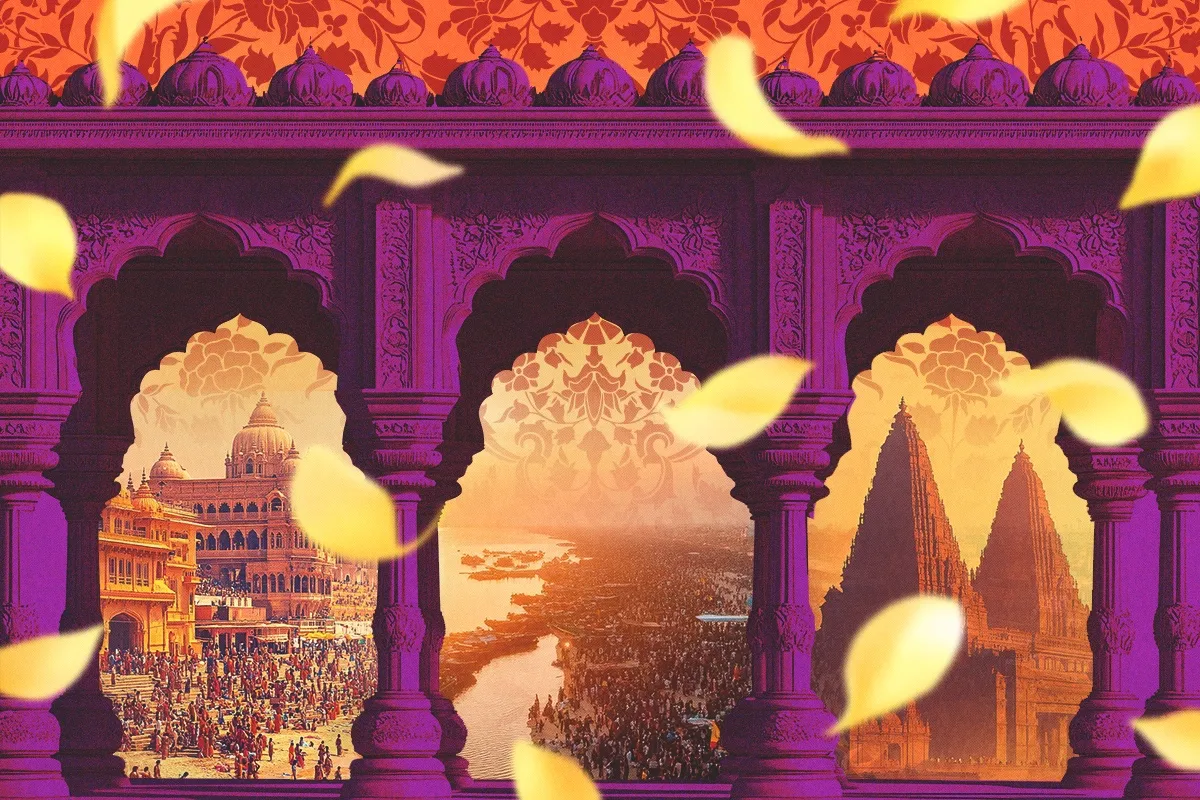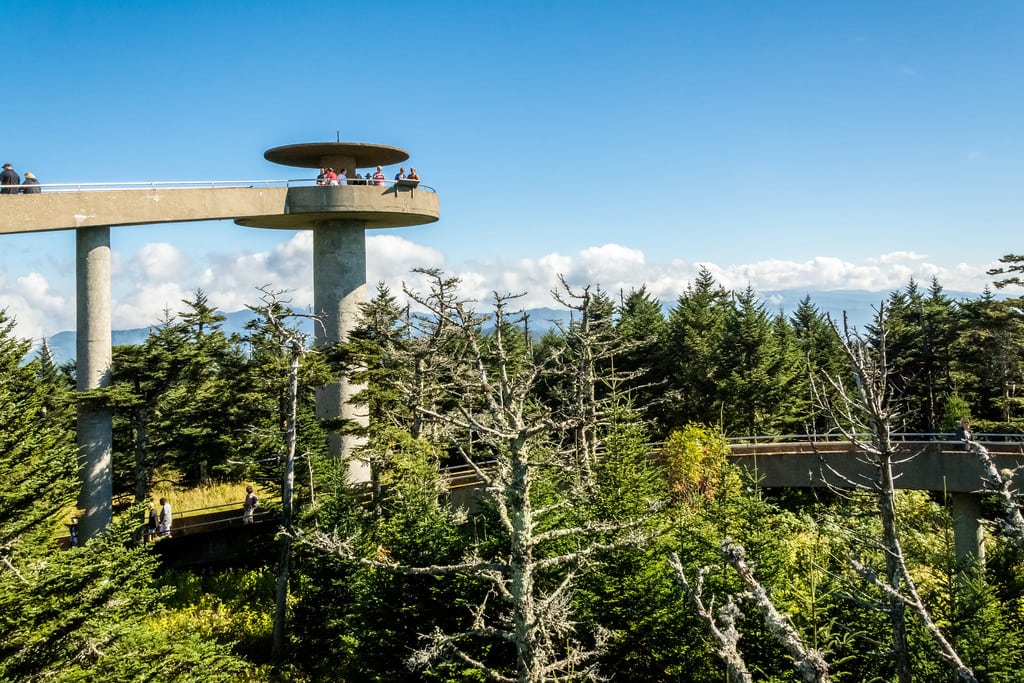Heading downhill in East Tirol, Austria's secret ski destination

Skift Take
Skiing in February half-term in Europe is usually a nightmare: hour-long lift queues, 80-strong swarms of schoolchildren and the entire population of Paris clad in C&A-ski chic skidding across the piste. Carving wide, open turns on a deserted slope is a rarely fulfilled dream.
And yet here I am with the sun shining and perfect snow under my feet, a lone figure, cruising at my upper speed limit and headed for an empty, heated, six-person lift. What's more, I'm happily full from a lunch of steaming noodle soup that cost €2.50, and a €3-a-pint beer.
From the raucous, boozy, après-ski of St Anton to the heart-in-your-throat downhill descents of Kitzbühel, the Austrian Tirol is well known to Brits as the heart of the country's skiing. But not so well known is that this Alpine paradise comes in a double helping: North Tirol (the one we Brits mistakenly call Tirol) and East Tirol (Osttirol), the lesser-known bit. The resorts of East Tirol, two hours from Innsbruck, rarely appear in ski top 10s and you will not find the boot-stomping, après-ski scene often associated with Austria there. But that's not to say that it's a backwater, just alluringly remote.
"Aaaal right, Kals. Yeh. Baby." The perfect silence is suddenly obliterated by a 50-something cocktail of Steve Martin and Franz Klammer who skids to a halt on massive skis.
"Yo," says Robbie, the silver-maned Austrian-American partner of my local ski guide, Eva, who accompanies him. They are to guide me around their home resort of Grossglockner Kals-Matrei, which they live below, in the picturesque village of Kals on the edge of the mighty Hohe Tauern national park – the largest nature reserve in central Europe. In summer, Kals is a sleepy farming community where the hay is still harvested with scythes, dried on racks in the meadows and bailed by hand. East Tirol tots up the most hours of sunshine in Austria.
The ski resort lies off the main road from Mittersill to Lienz, and was established in 2009, when Kals gondola opened, joining the pre-existing areas of Kals and Matrei to form the Grossglockner resort, and whisking skiers from the village at 1,324m to Cimaross at 2,621m. In December the new €40m, four-star Gradonna Mountain Resort (gradonna.at) – with 240-bed hotel, 41 chalets, indoor pool, spa and kids' club – will open in Kals, with extra investment in the resort's new lifts, restaurants and bars.
With 110km of pistes and 16 lifts, the area does not compare with the mega-resorts in North Tirol (St Anton has 280km of pistes), and in one full first-lift-last-lift day of skiing you can cover just about every run. But with some fast, steep blacks and challenging reds on the Kals side, and great, sunny tree runs on the Matrei side, the feelgood factor here is huge. And as for the lift queues, they don't exist.
After a morning spent "trashing" the pistes and a couple of super-steep blacks, the guides insist my partner and I join them for a pit stop at the The Adler Lounge (adlerlounge.at), a floor-to-ceiling glass and steel box, at the top of the Cimaross peak, with views across both resorts and north-east to Austria's highest mountain, Grossglockner (3,798m). It has three restaurants, including a gourmet dining room where your ski boots are replaced with slippers, and rooms and apartments to hire from €204 a night.
We tuck into an incredible lunch of clear dumpling soup, venison, red cabbage and chestnut ragout and even squeeze in some kaiserschmarrn – Austria's signature sweet pancake – while Eva imparts a short history of the region. East Tirol is separated from North Tirol of the state by a 12-mile-wide strip of land belonging to the neighbouring Austrian region of Salzburg Land. After the first world war, the south of the Tirol was ceded to Italy under the Treaty of St-Germain.
It wasn't until 1967, when the 5.3km-long Felbertauern tunnel from Mittersill to Lienz was completed, that East Tiroleans were reconnected with North Tirol. "Before the tunnel, we couldn't get to Innsbruck without travelling through Italy," says Eva. "And the Italians didn't exactly make it easy [for us] to cross the border. They used to lock the doors of the trains at the top of the Brenner Pass and not open them again until the train got to Innsbruck."
After lunch, Robbie takes us to the Matrei side of the resort, where the reds and blues are fast, with natural hits, soft bumps and tree-lined paths. We just make the last lift back to Kals and our long day comes to an end with an in-the-dark, adrenaline/schnapps-fuelled forest run back to the base, with Robbie bringing up the rear singing Country Road at the top of his voice.
Grossglockner Kals-Matrei is the largest of East Tirol's six ski areas, which altogether add up to 350km of pistes. On the other side of the main road from Kals, in a gorgeous, south-facing valley is St Jakob im Defereggental, a small, fun, family resort, with seven lifts, three of which are rope tows.
It's a beauty, and worth a visit if only for the one black, which winds its way through the woods like a meandering river before opening out onto a wide, empty piste, though really a locals' resort. When we arrive there's only one lift working above the tree line on the Grosser Leppleskofel peak, so we wait with the other skiers until the other two open.
"Hey. Hey. Guardian UK comin' atchaaaa!" comes a west-coast caterwaul further down the lift line. It's Robbie with his family out for a day's skiing. Cue another schnapps-fuelled afternoon skiing faster than I've ever skied before.
Thirty kilometres from Lienz towards the Italian border is another must-do resort. With views of the Austrian Alps and the Dolomites, Hochpustertal-Sillian really, really is a local place for local people, which means that on a weekday in half-term the pistes are a white canvas, with only a splattering of skiers. That's not to say there are no tourists – the Swedes apparently love the place – but despite there being only 55km of runs, the long, wide pistes distribute them well. Anyone under the age of 18 can ski on a child's ski pass (€20 a day in all East Tirol resorts), which makes it great value and attractive to the local kids who hit the hill en masse at the weekends and still have plenty of space.
Set just off the SS49-E66, the main road that skirts the Lienzer Dolomites, heading for the Brenner Pass, Sillian's accessibility is second to none. Ski down the top-to-bottom piste number one (vertical drop 1,307m), walk 10 paces to your car and you're on the highway and winding your way to Italy and on to Innsbruck.
Skiing in the resorts of East Tirol is like finding treasure. They may not offer the short transfer, ski-and-party life you'll find up north, but this collection of undiscovered gems will definitely put a smile on your face, especially if you bump into Robbie.
![]()




